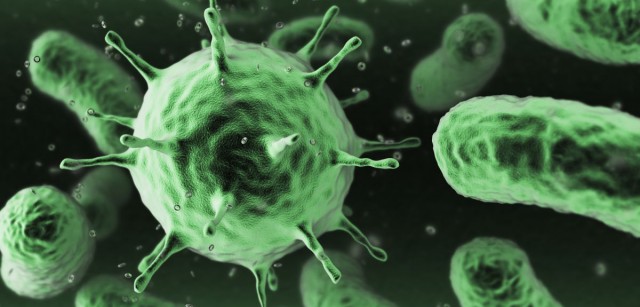Conan the Bacterium: Researchers study microbe that can withstand extremely high radiation doses

Conan the Bacterium: Researchers study microbe that can withstand extremely high radiation doses
- Researchers have unraveled the mysteries of Deinococcus radiodurans, a microbe that can withstand extremely high radiation doses.
- The bacterium’s resilience is due to a combination of manganese ions, phosphate and a small peptide that forms a powerful antioxidant called MDP.
- MDP could protect astronauts from cosmic radiation during deep-space missions, but the safety of introducing such a powerful antioxidant to the human body is still uncertain.
- MDP’s potential applications in radiation-inactivated vaccines raise serious ethical concerns and long-term health risks.
- While MDP’s potential applications are promising, researchers warn that these must be weighed against the risks of creating unforeseen health consequences.
In a groundbreaking study published in the Proceedings of the National Academy of Sciences, researchers at Northwestern University and the Uniformed Services University (USU) have unraveled the mysteries of “Conan the Bacterium,” also known as Deinococcus radiodurans, a microbe that can withstand radiation doses thousands of times higher than what would kill a human.
The secret to Deinococcus radiodurans‘ legendary radiation resistance lies in its unique metabolic cocktail. This bacterium combines a simple trio of ingredients — manganese ions, phosphate and a small peptide — to form a powerful antioxidant that protects it from the harshest conditions. (Related: Microbe found in Ethiopian volcano’s strongly acidic saltwater hints microorganisms could have survived in similar conditions on Early Mars.)
Scientists have now isolated and synthesized a designer antioxidant called MDP, made from manganese ions, phosphate and a small peptide.
“We’ve long known that manganese ions and phosphate together make a strong antioxidant, but discovering and understanding the “magic” potency provided by the addition of the third component is a breakthrough,” said study co-author Brian Hoffman, a professor of molecular biosciences at Northwestern. “This study has provided the key to understanding why this combination is such a powerful – and promising – radioprotectant.”
According to the study, MDP’s effectiveness comes from the synergy between these three components. When combined, they form a ternary complex that outperforms manganese alone, making it a potential game-changer for protecting astronauts from the dangers of cosmic radiation during deep-space missions.
Astronauts, particularly those on long-duration missions, are constantly exposed to increased levels of ionizing radiation, which can cause DNA damage and increase the risk of cancer. MDP, being non-toxic and cost-effective, could be an ideal solution to protect astronauts from the dangers of space radiation.
Researchers want to explore MDP’s other potential uses, including in vaccine development
Researchers also believe MDP and other synthetic antioxidants could be used in vaccine development. However, others have warned that using radiation-inactivated vaccines, which rely on MDP to make pathogens harmless, could pose significant long-term health risks.
“This new understanding of MDP could lead to the development of even more potent manganese-based antioxidants for applications in healthcare, industry, defense and space exploration,” said Michael Daly, a professor of pathology at USU and co-author of the study.
Vaccines are often the go-to solution for preventing diseases, but the reality is much more complex. The supposed benefits of vaccines are often overshadowed by their potential side effects and the long-term health implications of constantly altering people’s immune systems.
Analysts have warned that introducing synthetic antioxidants like MDP to the cocktail of ingredients in vaccines could be likened to a Pandora’s box that humanity should not open.
Watch this video of a Martian rover’s view of the landscape on Mars.
This video is from the JonasTheProphet channel on Brighteon.com.
More related stories:
Spacefaring extremophile bacteria still alive after a full year in space, says researchers.
Study of microbes from extreme habitats may aid search for life on Mars.
Sources include:


